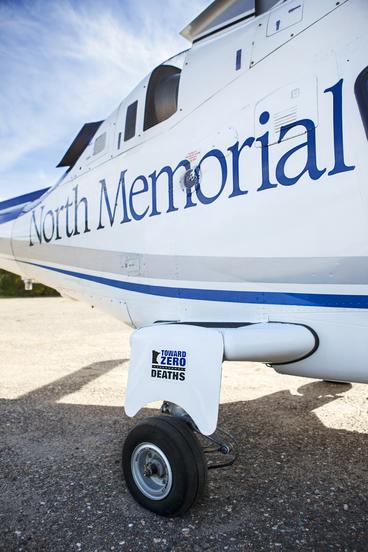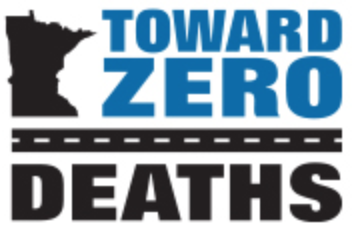
The goal of the Toward Zero Deaths program is to reduce not just crashes, but total road injuries and fatalities when a crash does occur—through fast, efficient emergency response. Prompt emergency service response is particularly important in rural Minnesota, where crash victims are far from medical facilities and crashes can go unnoticed until another vehicle passes by. Additionally, the care and resources needed to rescue and save the lives of victims in traffic crashes are priority education areas within the TZD program. Education on rapid extrication, major bleeding control, modes of transport, and assessment of trauma victims are all active ongoing efforts to improve the outcome of crash victims.
Emergency medical and trauma services are involved in prevention efforts by providing outreach education to their communities on crash avoidance, helmet use, Stop the Bleed, child seat use, and TZD messaging. The trauma system requires that injury prevention be an active component of the system, and TZD is one area many systems are focusing on. Also, once a crash occurs, a review process that incorporates the 4 Es (Engineering, Education, Enforcement and Emergency Medical & Trauma Services) looks at what happened in a crash and how that could be prevented from happening again.
Minnesota Statewide Trauma System
Traumatic injury is the leading cause of premature death. Deaths due to injury costs Minnesota over $2.5 billion dollars each year. An effective trauma system improves survival after a traumatic injury and reduces the cost of injury to our state.
For a seriously injured person, the chance of survival diminishes with time. But a trauma system improves survival rates. Minnesota's trauma system is a network of hospitals and ambulance services coordinated to optimize and expedite seriously injured peoples' care. It ensures that injured people are cared for at a hospital with resources that are matched with their needs. The trauma system designates hospitals as a Level 1, 2, 3 or 4 trauma hospital, which corresponds with hospitals' resource capabilities.
- Visit the MDH website for more about Minnesota's trauma system.
Training and Guidance
- Paramedic Training Spot
- Minnesota Emergency Medical Services Regulatory Board (EMSRB)
- EMSRB Data Collection Project
- Guidance for Implementation of the AASHTO Strategic Highway Safety Plan: A Guide for Enhancing Rural Emergency Medical Services (2005, Transportation Research Board NCHRP Report 500, Vol. 15)
